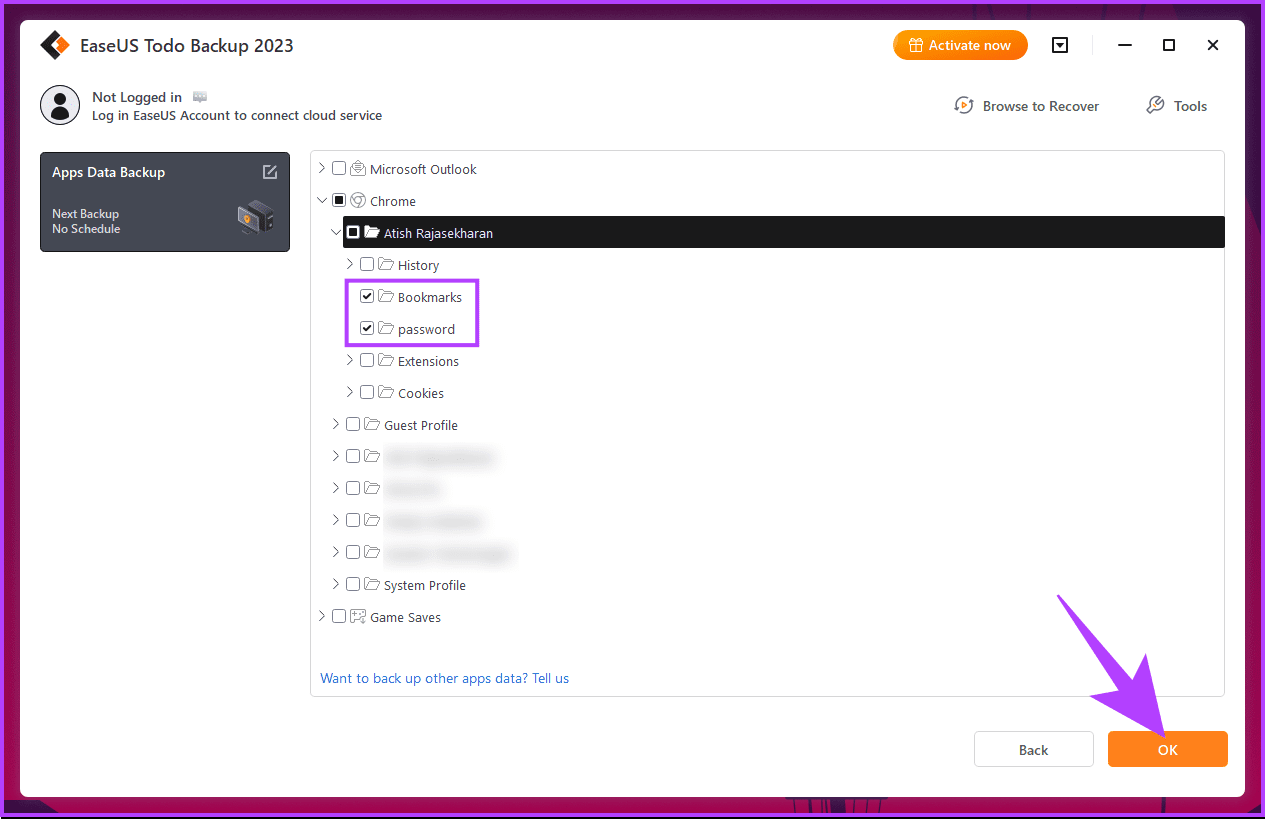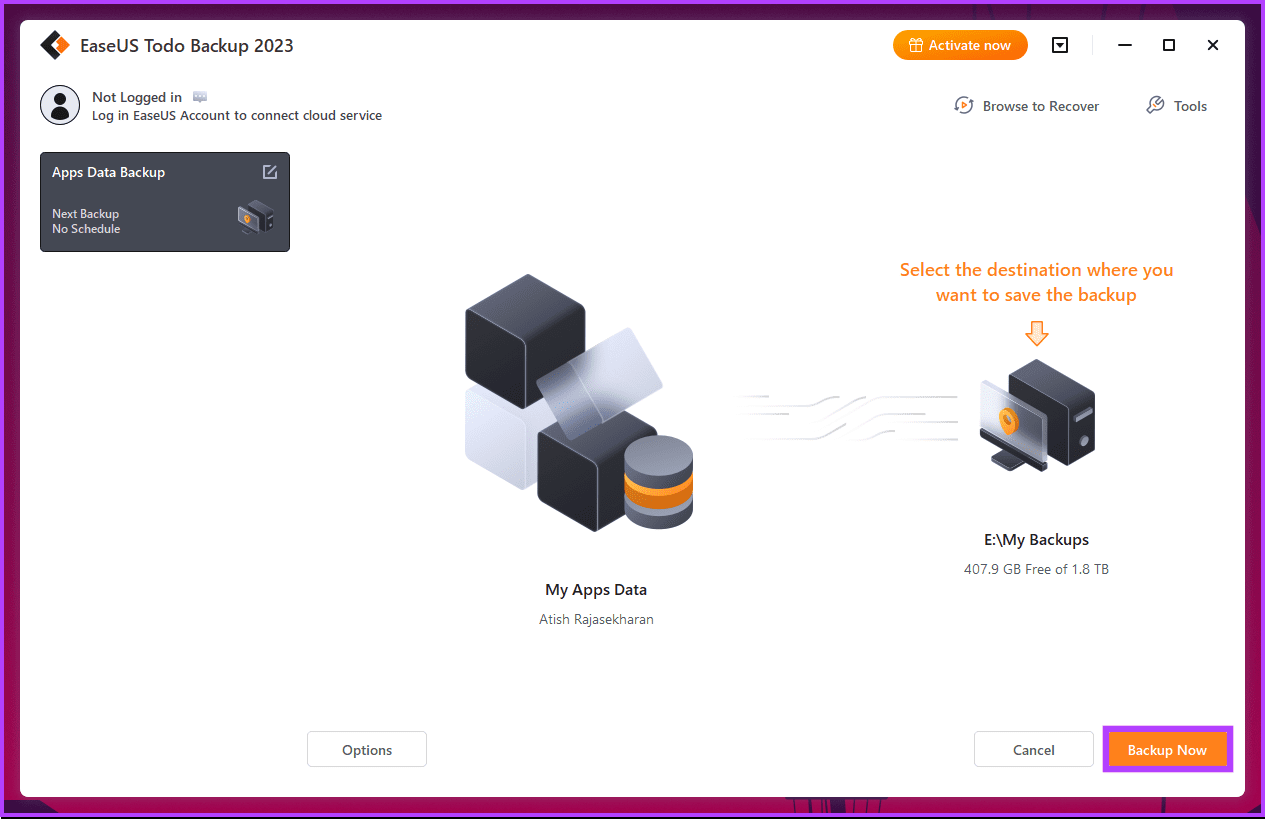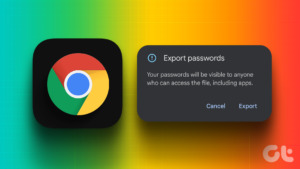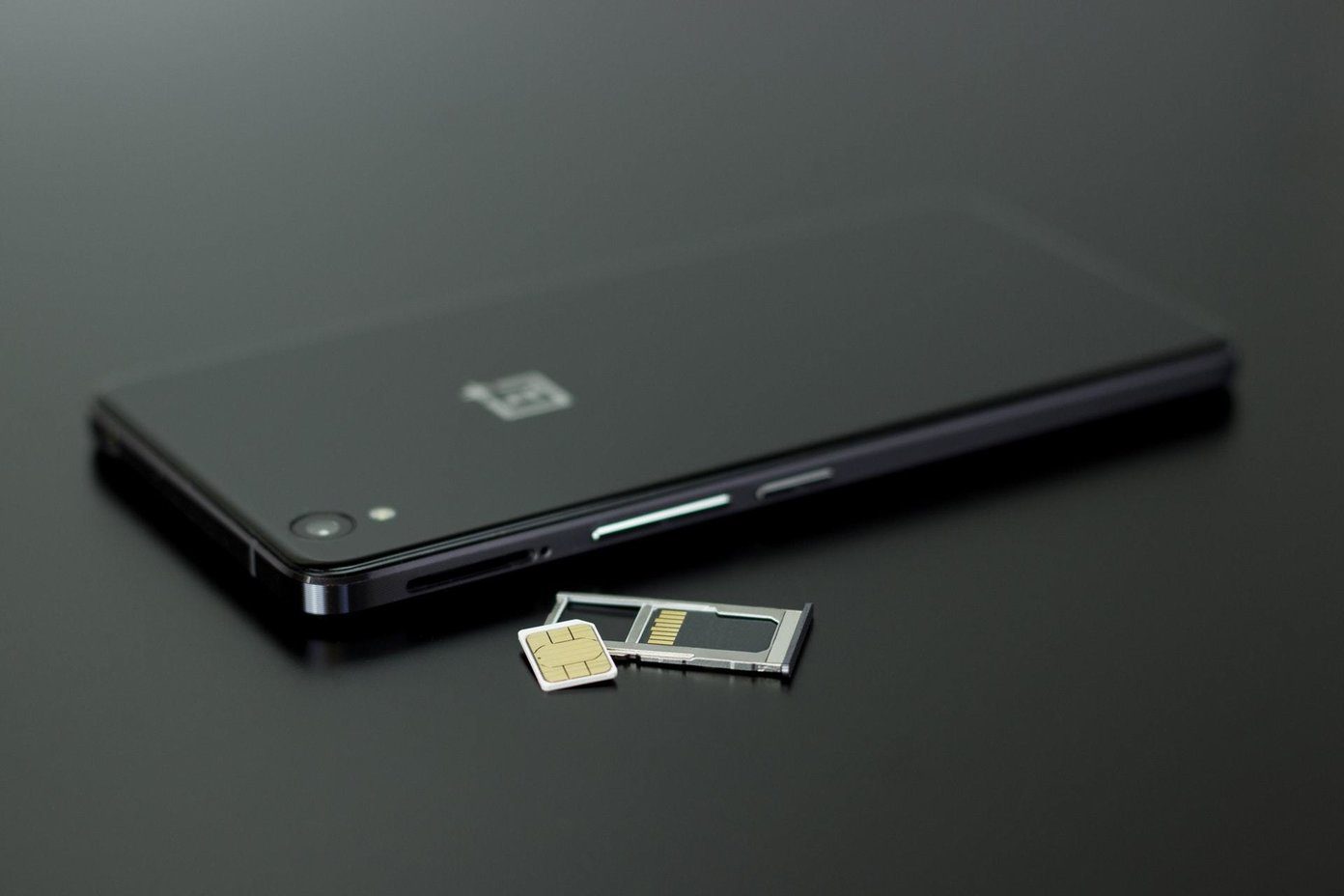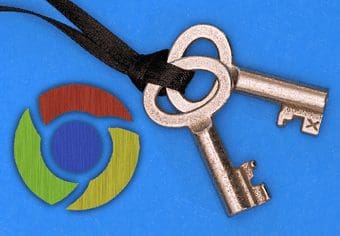Use Chrome Sync
Step 1:Click theprofile iconon the upper-right corner, and then selectTurn on sync.
Step 2:Insert your Google Account credentials to sign in to the web surfing app.
Step 3:Click theSettingsoption when prompted to turn on Chrome Sync.

Step 4:Toggle onBookmarksandPasswordsin this case.
Then, smack the arrow-shapedBack icon.
Step 5:Finally, clickConfirmto turn on Chrome Sync.
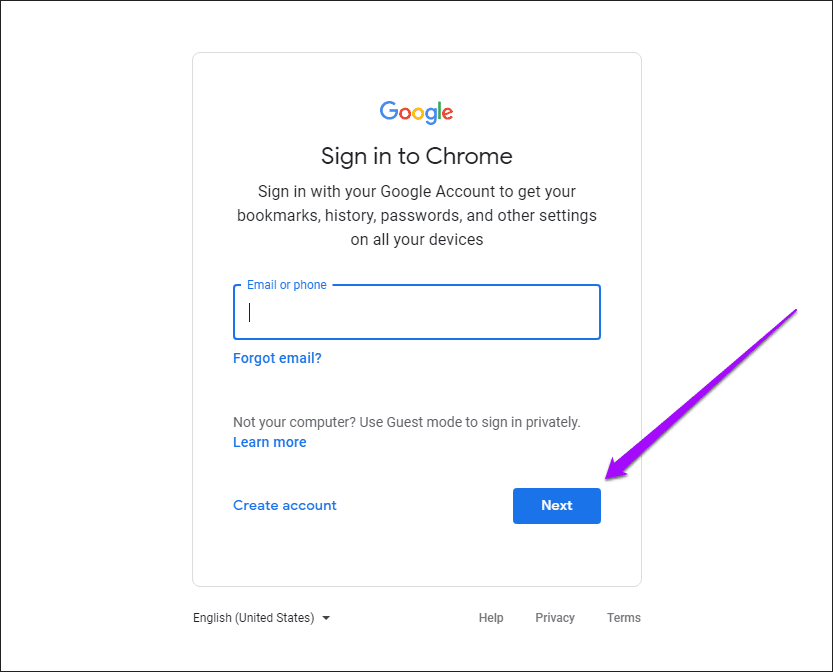
Chrome Sync will also upgrade your data whenever you make any additions or modifications.
To access your data on another equipment, simply sign in to Chrome with your Google account.
Check out ourcomplete Chrome Sync guidefor more details.
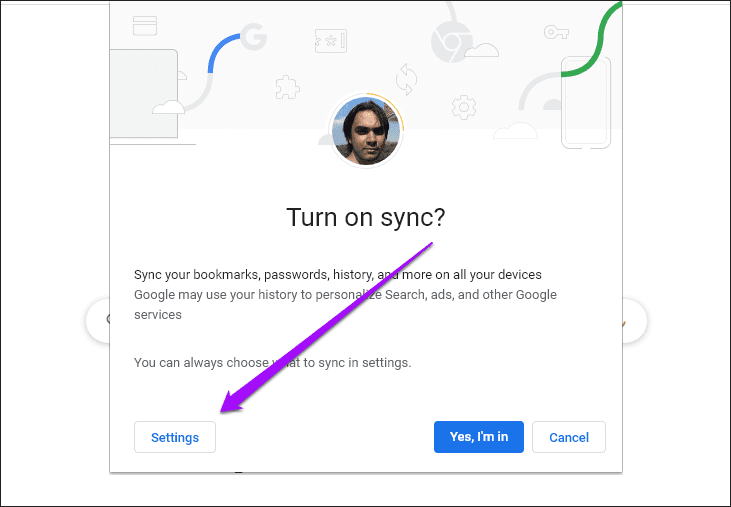
Step 2:Click thethree-dot iconin the upper-right corner of the Chrome window.
Step 3:choose the option labeledExport Bookmarks.
Step 4:Specify a location within local storage to export the bookmarks to, then clickSave.

The Android and iOS versions of Chrome do not offer the option to export bookmarks as an HTML file.
Exporting Passwords to a CSV File
Step 1:Open theChrome menu, and then clickSettings.
Step 2:Go toAutofill and passwords, followed byGoogle Password Manager.
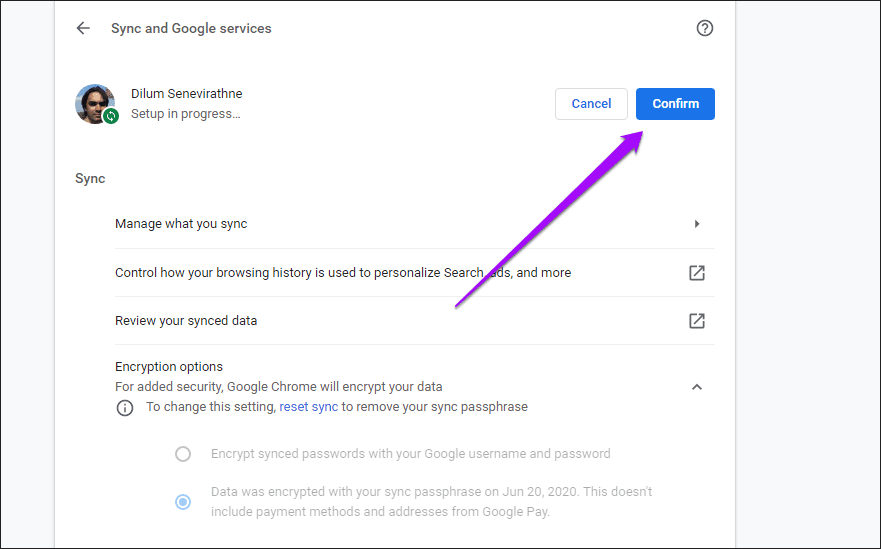
Step 3:Under Google Password Manager, navigate toSettings.
Step 4:ClickExport passwords.
Step 6:Specify a destination, and then clickSave.
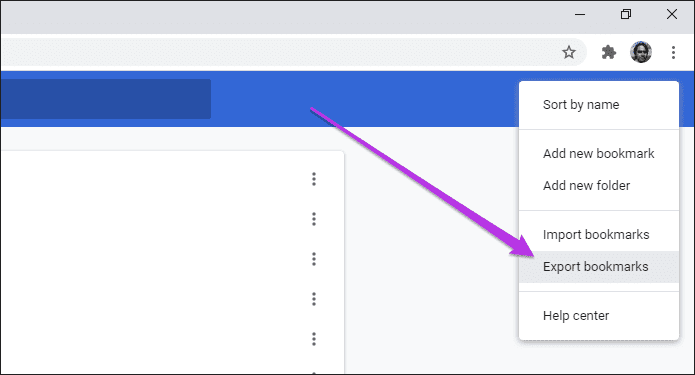
you’re able to read the contents within a CSV file using a spreadsheet program.
Additionally, exporting passwords to the CSV format is largely the same on Android and iOS.
it’s possible for you to refer to ourguide on exporting Chrome passwords to CSV.
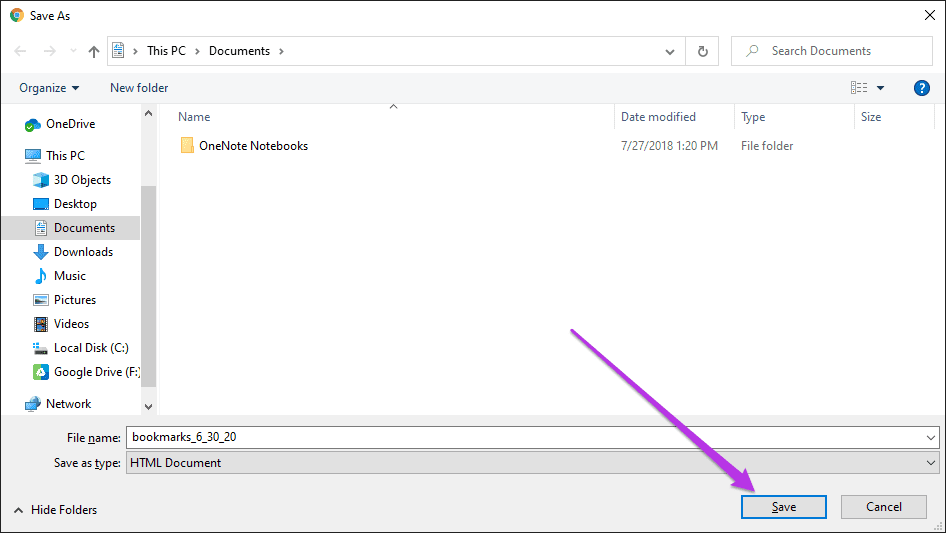
Note: Ensure to replace %UserProfile% with your PCs user profile name.
macOS: pressCmd+Space, copy and paste the folder path below, and then hitReturnkey.
Step 2:Double-clickthe folder labeled Default to dive into the contents of your Chrome profile.
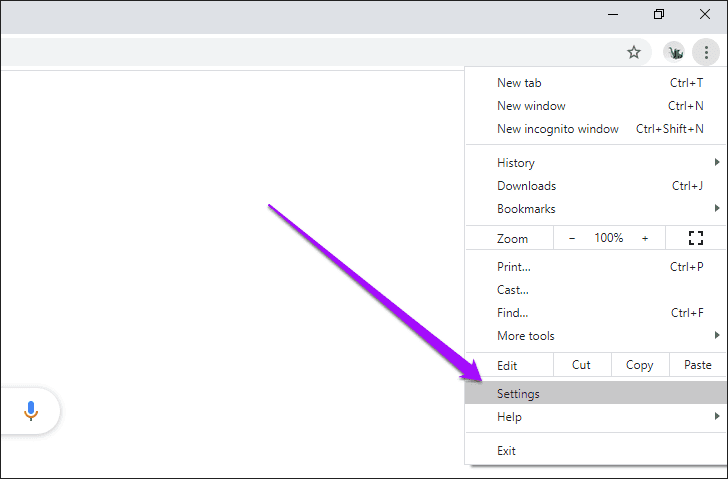
Step 3:Copy the file labeledBookmarksto create a backup of your bookmarks.
Step 4:Copy the files labeledLogin DataandLogin Data-journalto back up your passwords.
If you dont just want to save Chrome bookmarks but also want to export passwords, keep reading.
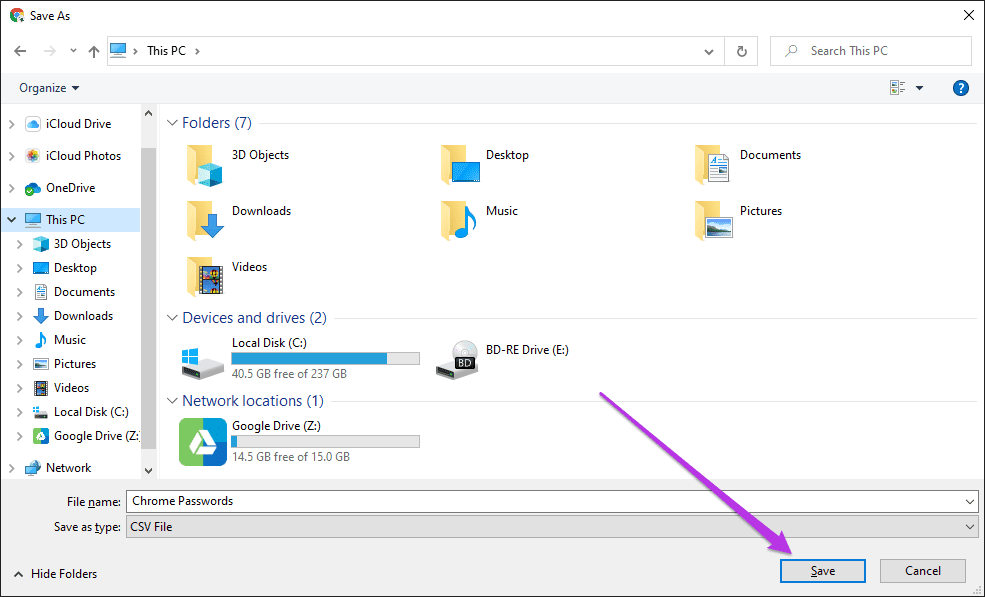
Use Third-Party Tools
For demonstration, we will go with the EaseUp Todo Backup tool.
If you want, it’s possible for you to use any of the mentioned tools.
Step 1: Go toEaseUSs official websitefrom your preferred web client.
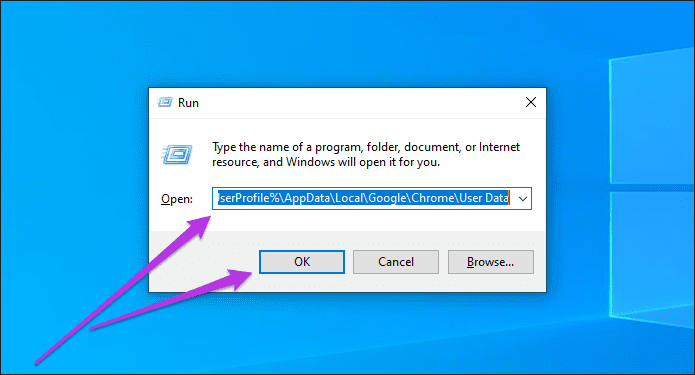
Click theFree Downloadbutton to download the tool.
Step 2: Once downloaded,double-clickon the installer file to set up the tool.
Step 3: Once installed, launch the tool.

Now, click theCreate Backupbutton.
Step 4: From the list of backups, click onApps data.
Step 5: Expand theChrome menu.
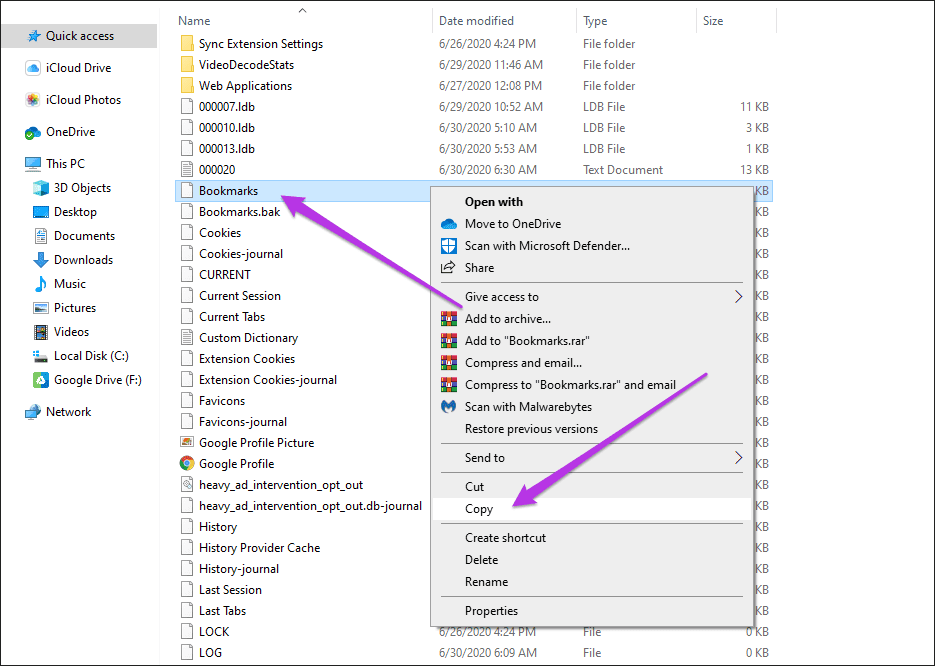
Step 6: Choose theChrome profileto expand.
Step 7: From the expanded menu, check the box next toBookmarksandpassword.
Step 8: Finally, click theBackup Nowbutton to export bookmarks and passwords.
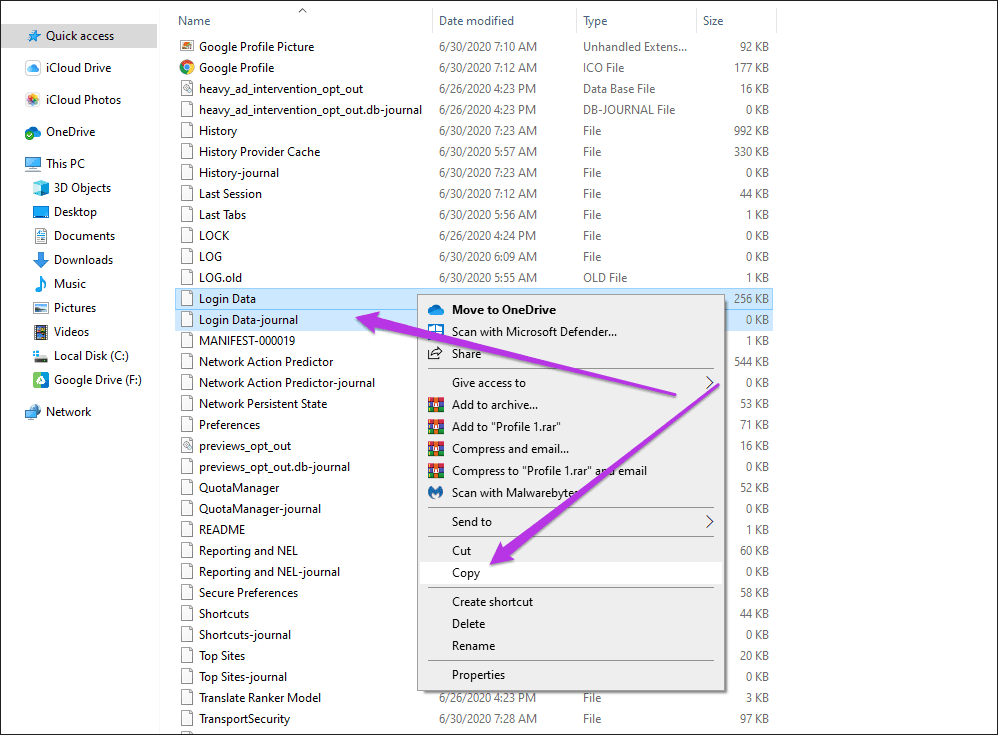
Note: If you want, you’re able to also change the destination folder.
All the bookmarks and passwords from the Chrome profile get saved to the destination folder.
If you have any queries, check out the FAQ section below.
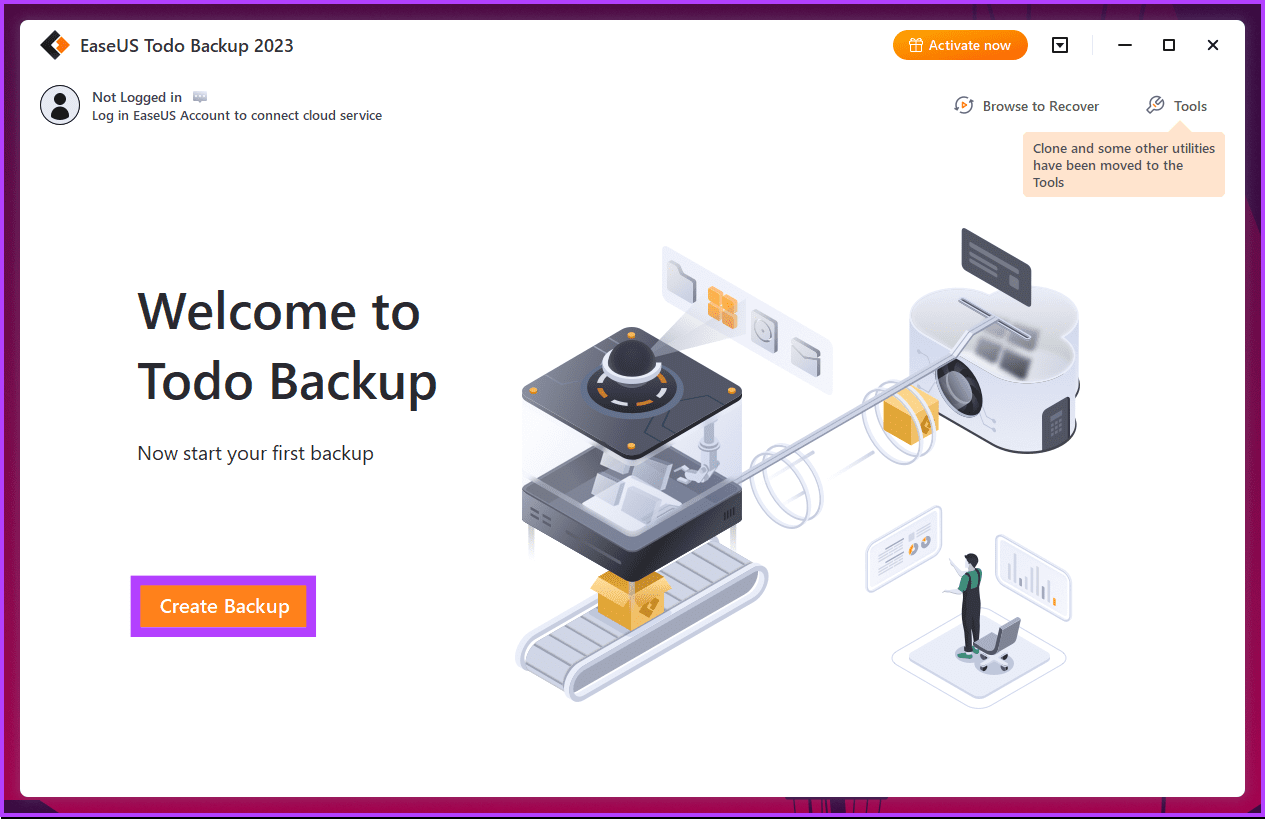
Yes, passwords are encrypted during export and import processes to maintain security.
Exporting and importing bookmarks and passwords have no impact on your browsing history.
Was this helpful?
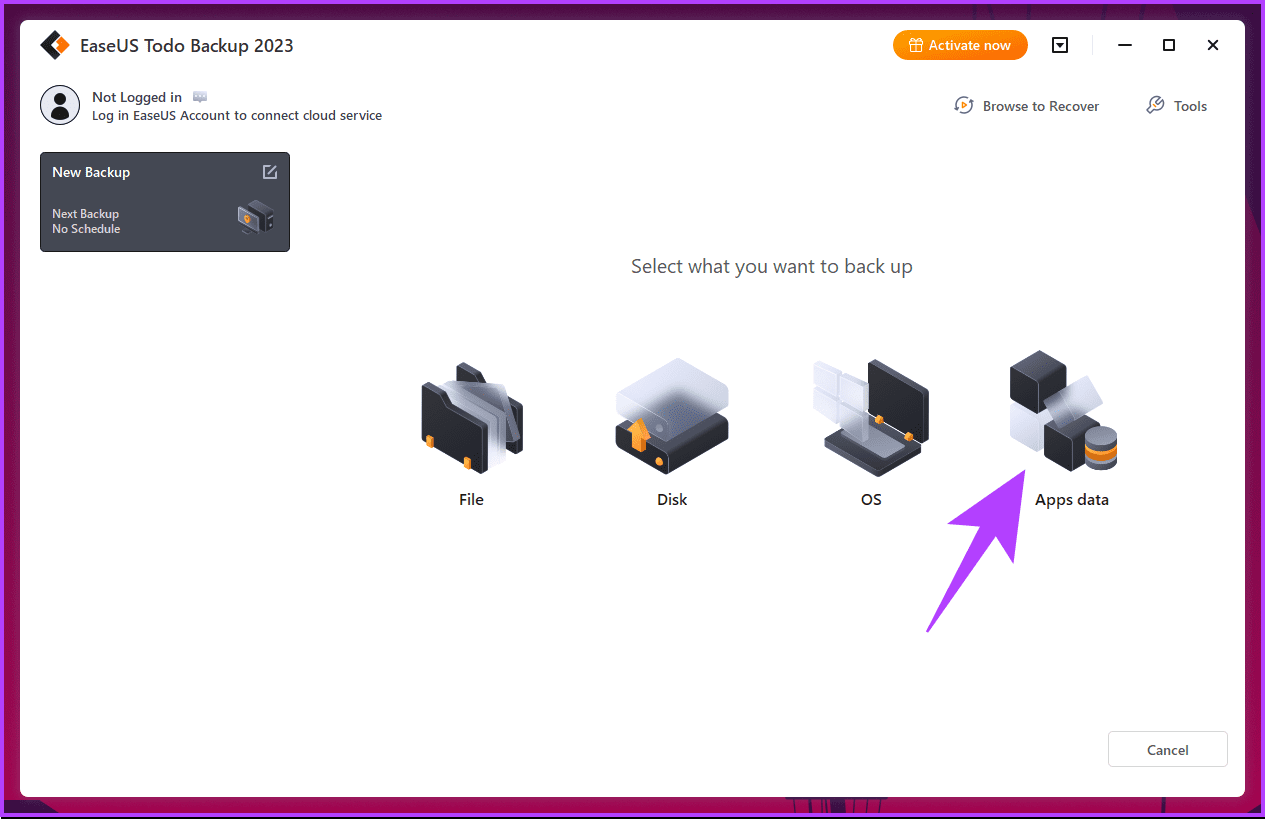
The content remains unbiased and authentic and will never affect our editorial integrity.
